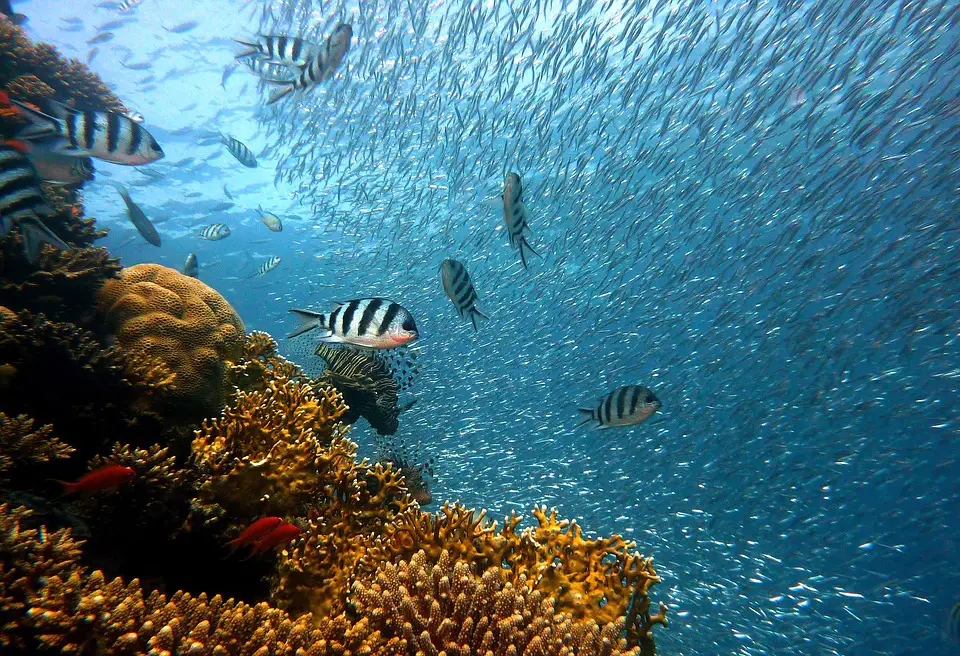Ice fishing is a popular winter activity for outdoor enthusiasts who enjoy the thrill of catching fish in frozen lakes and ponds. This article will provide essential tips for cold-weather anglers to ensure a successful and enjoyable ice fishing experience.
Gear and Equipment
One of the most important aspects of ice fishing is having the right gear and equipment. Here are some essential items to bring with you on your ice fishing trip:
Ice Fishing Gear Checklist:
| Item | Quantity |
|---|---|
| Ice auger | 1 |
| Ice fishing rod and reel | 1 |
| Tip-ups or jigging rods | 2-4 |
| Bait (minnows, worms, etc.) | 1 container |
Setting Up
Before you start fishing, it’s essential to set up your ice fishing spot properly. Here are some tips for setting up your ice fishing setup:
Choosing a Spot:
Find a spot with at least 4 inches of solid ice. Drill a hole using an ice auger and set up your gear near the hole for easy access.
Fishing Techniques
There are various fishing techniques you can use when ice fishing. Here are some popular methods:
Jigging:
Jigging involves moving your bait up and down to attract fish. Use a quick flick of the wrist to mimic the movement of a swimming baitfish.
Tip-Ups:
Tip-ups are devices that signal when a fish has taken the bait. When the flag pops up, slowly and steadily reel in your catch.
Safety Tips
Ice fishing can be a fun and rewarding experience, but it’s essential to stay safe on the ice. Here are some safety tips to keep in mind:
Ice Thickness:
Always check the ice thickness before venturing out onto the ice. A minimum of 4 inches of solid ice is recommended for ice fishing.
Catch and Release
Practice sustainable fishing practices by catching and releasing fish when possible. This helps preserve fish populations and ensures future generations can enjoy ice fishing as well.
Conclusion
Ice fishing is a rewarding winter activity for anglers of all skill levels. By following these essential tips, you can have a successful and enjoyable ice fishing experience. Remember to stay safe on the ice and practice sustainable fishing practices for a more enjoyable fishing experience.
Frequently Asked Questions
1. What is sustainable living?
Sustainable living is a lifestyle that aims to reduce one’s environmental impact by making conscious choices that promote conservation and reduce waste.
2. How can I live a more sustainable lifestyle?
You can live a more sustainable lifestyle by reducing your energy consumption, recycling and composting, using sustainable transportation options, and supporting environmentally-friendly products and businesses.
3. Why is sustainable living important?
Sustainable living is essential to protect the environment, conserve natural resources, and ensure a better future for generations to come.
4. What are some easy ways to adopt a sustainable lifestyle?
Some easy ways to adopt a sustainable lifestyle include reducing water usage, using reusable products, shopping locally, and supporting sustainable agriculture practices.
5. How can I reduce my carbon footprint?
You can reduce your carbon footprint by using energy-efficient appliances, carpooling or using public transportation, reducing meat consumption, and supporting renewable energy sources.
6. What are the benefits of sustainable living?
The benefits of sustainable living include reducing waste, conserving natural resources, saving money on energy bills, and promoting a healthier environment for all living organisms.
7. How can sustainable living help combat climate change?
Adopting a sustainable lifestyle can help combat climate change by reducing greenhouse gas emissions, conserving natural resources, and promoting renewable energy sources.
8. What are some sustainable fishing practices?
Some sustainable fishing practices include catch and release fishing, using biodegradable fishing gear, supporting sustainable fishing practices, and respecting fishing regulations and limits.
9. How can I minimize my impact on the environment while fishing?
You can minimize your impact on the environment while fishing by cleaning up after yourself, using sustainable fishing gear, respecting wildlife and habitats, and following fishing regulations.
10. Where can I learn more about sustainable living and fishing practices?
You can learn more about sustainable living and fishing practices by visiting environmental organizations, reading sustainability blogs, attending workshops and seminars, and connecting with like-minded individuals who share your passion for conservation and sustainability.

